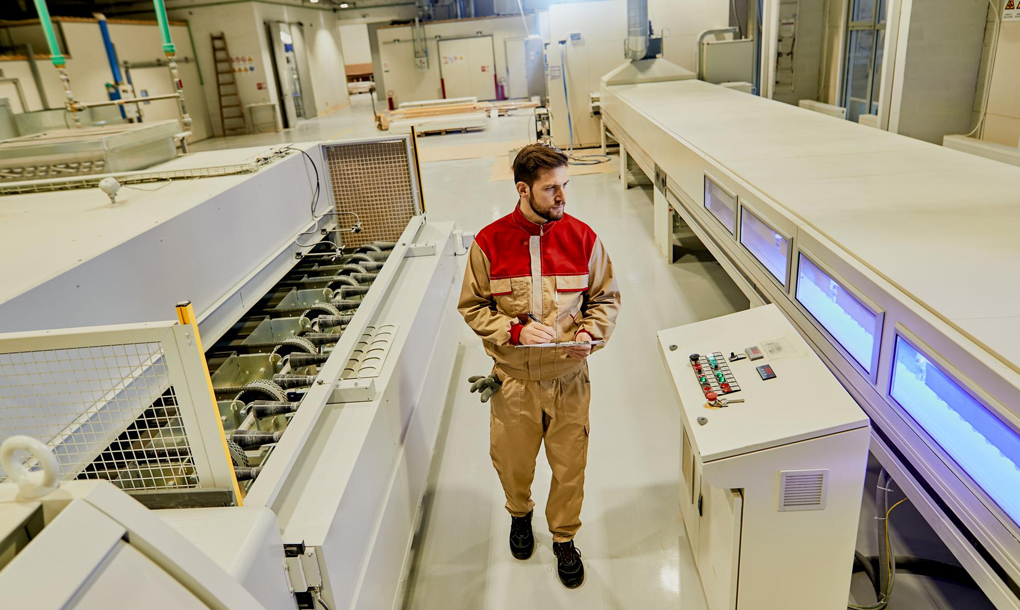20 Sep
Exploring the Applications of Freeze Drying in the Aerospace Industry
Space exploration presents a unique challenge: how to provide astronauts with nutritious and palatable food options for long-duration missions. Enter freeze-drying, a game-changing technology that's revolutionizing space food and beyond. Buckle up as you explore the exciting applications of freeze-drying in the vast expanse of the aerospace industry.
The Challenge of Astronaut Sustenance:
Imagine spending months, or even years, on a spacecraft. Fresh food becomes a distant memory, replaced by pre-packaged meals that often lack taste and essential nutrients. Traditional preservation methods like canning or dehydrating have limitations. They compromise flavor, texture, and nutrient content. Canned food, while offering a long shelf life, can be bulky and heavy for spacecraft with limited cargo space. Dehydration, a more space-saving option, often results in significant changes in texture and flavor, and may not retain all the necessary nutrients for a healthy astronaut diet.
Freeze-Drying to the Rescue
This is where freeze-drying shines. By removing water content through sublimation while preserving structure and quality, freeze-drying creates lightweight, shelf-stable food options perfect for space travel. Here's how it benefits astronauts' dietary needs:
- Extended Shelf Life: Freeze-dried food boasts a shelf life of several years, eliminating the need for constant resupply missions. This is crucial for long-term space missions venturing far beyond Earth's orbit, such as journeys to Mars or beyond. Freeze-dried meals are prepped and stored years in advance, ensuring astronauts have a reliable food source throughout their mission.
- Minimal Weight and Volume: Freeze-drying significantly reduces the weight and volume of food compared to its fresh counterpart. This is a game-changer for space travel, where every kilogram counts. Freeze-drying can drastically reduce the amount of cargo space needed for food supplies, freeing up space for critical equipment, scientific experiments, or additional living quarters for astronauts on extended missions.
- Preserved Flavor and Nutrition: Unlike traditional methods, freeze-drying minimizes the impact on flavor and texture. The rapid freezing process prevents the formation of large ice crystals, which damage the cellular structure of food and lead to mushiness upon rehydration. Additionally, freeze-drying retains a significant amount of essential nutrients, ensuring astronauts receive a balanced diet for optimal health. Freeze-dried fruits, vegetables, and even meats can maintain much of their original flavor and texture, providing astronauts with a more enjoyable and varied diet compared to bland, pre-processed alternatives.
- Quick Rehydration: Freeze-dried food can be easily rehydrated with water, restoring its texture and flavor much faster than dehydrated options. This provides astronauts with a more convenient dining experience. Astronauts don't have to wait long periods for their food to be ready, and the rehydration process is simple and requires minimal resources, which is essential in the confined environment of a spacecraft.
Beyond Astronaut Food
The benefits of freeze-drying extend beyond the realm of space cuisine. Here are some other exciting applications in the aerospace industry:
- Preserving Biological Samples: Freeze-drying plays a crucial role in preserving biological samples like bacteria, enzymes, or even tissues for space-based research. These samples can then be used to study the effects of microgravity on living organisms or develop new technologies for future space exploration. Freeze-drying allows researchers to conduct vital experiments in space by preserving these delicate samples for extended periods. By studying how organisms react to the space environment, scientists can develop methods to mitigate the negative effects of space travel on human health and pave the way for longer-duration missions.
- Lightweight Emergency Supplies: Freeze-dried first-aid medications or emergency rations can be included in astronaut survival kits. Their lightweight design and extended shelf life make them ideal for unexpected situations. In the event of an emergency aboard a spacecraft, freeze-dried supplies can ensure astronauts have access to critical medical supplies and basic sustenance until help arrives.
- Creating Advanced Materials: Freeze-drying techniques are being explored for the development of advanced materials for aerospace applications. For instance, freeze-drying can be used to create lightweight, high-strength aerogels with potential uses in spacecraft insulation or advanced spacesuits. Aerogels are a class of materials known for their extremely low density and high porosity. Freeze-drying allows for the creation of aerogels with specific properties, making them ideal for applications where weight reduction and thermal insulation are crucial. These advanced materials can help to improve the efficiency and safety of spacecraft.
The Future of Freeze-Drying in Space
The future of space exploration is brimming with possibilities, and freeze-drying will likely play a significant role. Advancements in this technology could lead to:
- Customized Astronaut Meals: Imagine personalized freeze-dried meals catering to individual dietary preferences and cultural backgrounds. This could significantly improve astronaut morale and well-being during lengthy space missions.
- On-Demand Food Productione: Researchers are exploring the possibility of 3D printing food using freeze-dried ingredients. This could revolutionize space cuisine by allowing astronauts to create fresh meals on demand within the spacecraft.
- Closed-Loop Life Support Systems: Freeze-drying could be integrated into closed-loop life support systems for future space colonies. Waste from astronaut consumption could be processed and freeze-dried, creating nutrients for growing food plants on the spacecraft or future Martian settlements.
Freeze-drying has become an indispensable tool in the astronaut's arsenal, ensuring they have access to nutritious and flavorful food on their journeys beyond Earth. As space exploration continues to push boundaries, freeze-drying technology will undoubtedly evolve, playing a pivotal role in supporting human life and scientific exploration in the vast expanse of space.
